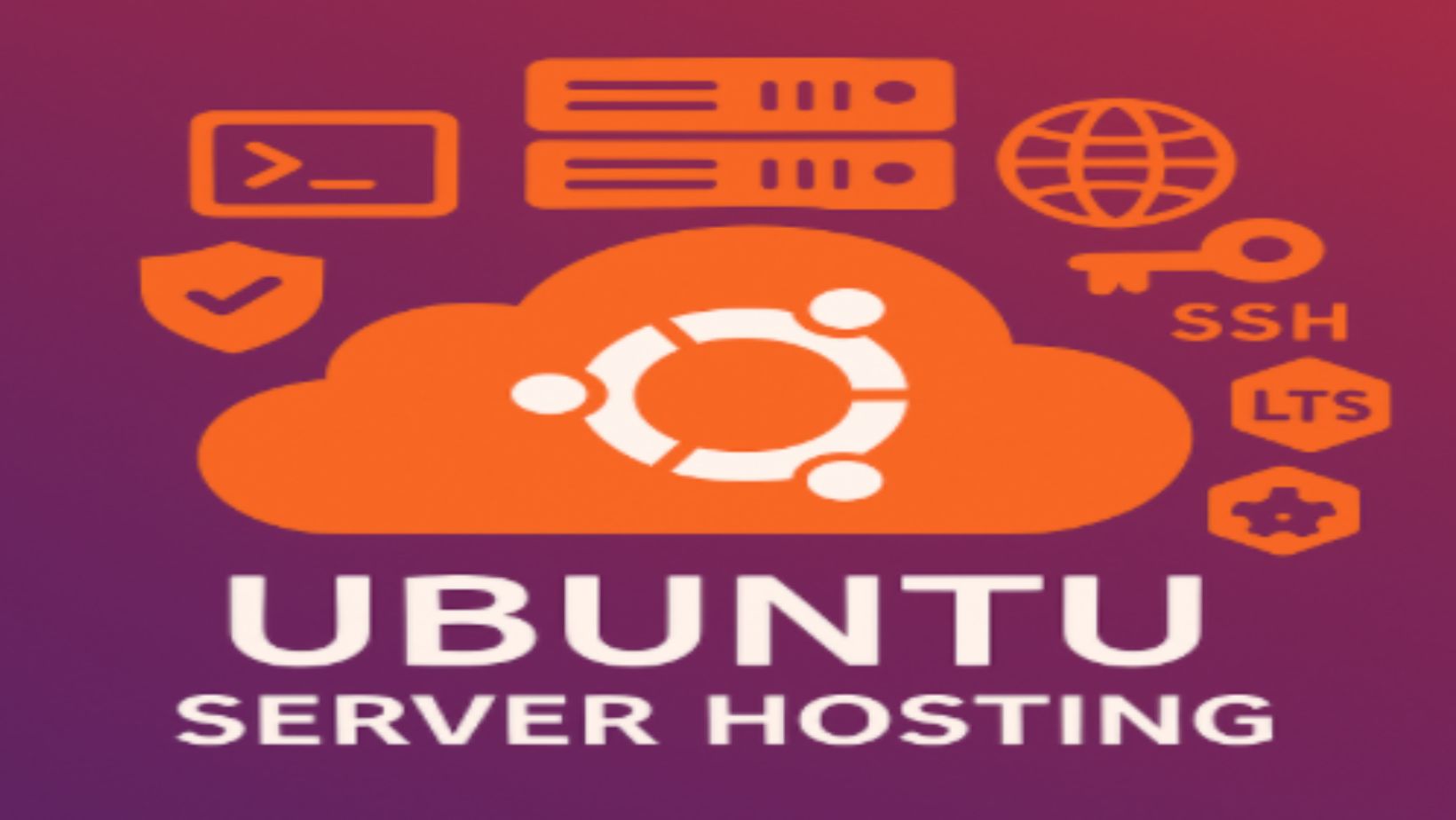
A reliable personal cloud should feel smooth, quick to set up, and secure against snooping eyes. Nextcloud ticks those boxes, delivering file sync, calendar sharing, and collaborative editing inside one browser tab. Pair it with Ubuntu Server on a virtual private server and you gain total control over updates, disk quotas, and network exposure without pouring cash into rack gear or costly licences. The handbook below walks through the decisions that turn a blank VPS into a polished, self-hosted workspace ready for day-to-day operations.
Map Your Requirements First
Before installing packages, sketch the footprint your instance must support:
- User count and expected concurrent connections
- Average file size and daily transfer volume
- Extra features such as OnlyOffice, Talk, or end-to-end encryption
- Retention rules for versioning and deleted items
This baseline guides disk sizing, memory reservations, and PHP-FPM worker pools, preventing slowdowns once teams begin syncing large media folders.
Why Ubuntu Server Fits Nextcloud so Well
Ubuntu offers predictable biannual releases, a massive repository, and five-year security coverage on LTS editions. AppArmor profiles ship activated, snapd simplifies sandboxed services, and the community maintains current PHP, MariaDB, and Redis versions. These traits streamline initial builds and shorten patch windows later.
Common stack components include:
- Nginx or Apache—reverse proxy and SSL endpoint
- PHP-FPM—isolated application engine with opcache enabled
- MariaDB or PostgreSQL—metadata store tuned for InnoDB or WAL
- Redis—transaction lock cache reducing database churn
Spacing each layer on dedicated Unix sockets or loopback ports trims latency and curbs packet sniffing risks.
Provision Your VPS Carefully
Start with at least one vCPU, 2 GB RAM, and 40 GB SSD for small teams; raise headroom for image libraries or video archives.

Choose a data centre geographically close to most users to shave round-trip delay. Attach an additional block volume if you expect growth beyond the root disk, keeping OS and data partitions separate for easier snapshots.
Harden the Base System
After the first SSH login, update package lists, set the timezone, and create an unprivileged sudo user. Disable password logins by uploading an ED25519 public key, change the SSH port, and install Fail2ban to block repeated attempts. Next, tweak sysctl values for file descriptor limits and enable UFW or nftables with inbound rules for ports 22 and 443 only.
sudo ufw allow 22/tcp
sudo ufw allow 443/tcp
sudo ufw enable
The firewall now drops stray pings and port scans without hampering legitimate traffic.
Install the LEMP or LAMP Stack
Many administrators pick Nginx for its low memory draw, but Apache with mpm_event also works. Enable gzip, Brotli, and HTTP/2, then generate a Let’s Encrypt certificate via Certbot. Keep HSTS at a moderate max-age during testing, raising it to one year once users confirm stable access. Configure PHP-FPM with a dedicated pool, adjust upload_max_filesize and memory_limit according to the earlier workload map, and activate opcache.
Create a database and user:
CREATE DATABASE nextcloud CHARACTER SET utf8mb4 COLLATE utf8mb4_general_ci;
GRANT ALL PRIVILEGES ON nextcloud.* TO ‘ncloud’@’localhost’ IDENTIFIED BY ‘strongPass!’;
FLUSH PRIVILEGES;
Fetch and Deploy Nextcloud
Download the latest tarball, verify its signature, and extract to /var/www/nextcloud. Set ACLs so the web server owns data directories but not the entire codebase. Point a virtual host at the nextcloud subdirectory, reload the web service, and visit https://yourdomain.com to complete the browser-based installer. Provide the database credentials, pick Redis for locking, and choose storage quotas large enough for the initial user cohort.
Once inside the dashboard, disable unused apps, switch background jobs to system cron, and schedule regular previews generation if you host many images.
Optimisation Checklist
- Redis socket at /var/run/redis/redis.sock for faster IPC
- opcache.interned_strings_buffer=16 to reduce PHP memory use
- maintenance:mode toggled before core upgrades to avoid race conditions
- occ db:add-missing-indices after major updates for performance gains
Testing with occ files:scan –all –verbose highlights slow I/O paths and mis-assigned permissions.
Continuous Backups and Updates
Rotate database dumps nightly with mysqldump –single-transaction, compress them, and offload to an encrypted object bucket. Snapshots of the whole volume before each Nextcloud minor upgrade add an extra safety layer. Keep the repository channels on Ubuntu LTS, apply security patches automatically, and schedule kernel live-patching if your provider offers it.
Fuel Your Roll-Out With Cloudzy
The build runs best on infrastructure that speaks fluent Linux and offers elasticity without eye-watering fees. Cheap Ubuntu server hosting from Cloudzy places high-clock CPUs alongside NVMe storage inside data centres spanning America, Europe, and Asia. Full-disk encryption protects every block; live DDoS filtering shields against traffic floods; tiered snapshots and cross-region replication sit one click away. The intuitive control panel pairs with a complete API so you can automate capacity shifts, weekly snapshots, and disaster-recovery tests from a simple CI job.
Ready-made templates for Nextcloud on VPS shave hours off deployment: Ubuntu LTS pre-installed, PHP-FPM tuned, and Certbot waiting for your domain. Upload extra SSH keys, attach a larger data disk, and your collaborative cloud opens its login screen moments later. Affordable entry points free budget for premium plugins like Collabora Office, while 24 / 7 human support answers questions faster than forum threads.
Practical Migration Steps
- Export user data with the built-in Nextcloud export tool if coming from shared hosting.
- Sync files locally, then upload to the /data volume on the new VPS using rsync -av –progress.
- Import calendars and contacts through CalDAV, verifying ownership in the admin panel.
- Switch DNS to the new IP after confirming HTTPS certificates and cron jobs run without warnings.
Most small instances transition in under an hour, and your original host can remain in maintenance mode as a fallback until confidence grows.
Future Enhancements
- Connect Object Storage as primary or external storage for near-limitless capacity
- Integrate OnlyOffice or Collabora for real-time document collaboration
- Deploy U2F or WebAuthn for stronger user authentication
- Add Prometheus exporters and Grafana dashboards for long-term trend tracking
Final Thought
A private cloud should not demand endless burn hours or enterprise-grade invoices. By installing Nextcloud on Ubuntu inside a well-architected VPS, you retain ownership of every byte and adapt resources to match tomorrow’s workload spikes. Script your build, keep patches current, and let Cloudzy provide the sturdy, affordable engine under the hood, so your team can focus on creating, sharing, and collaborating with confidence.







